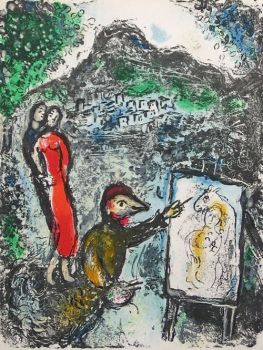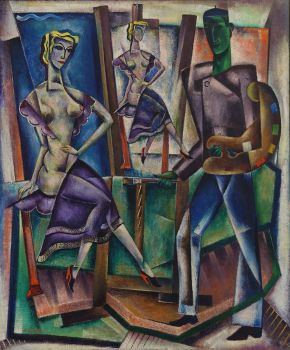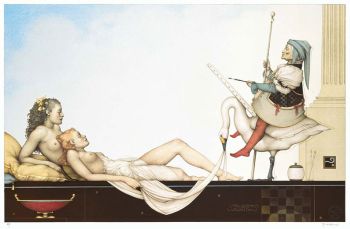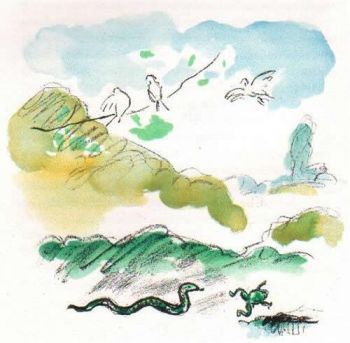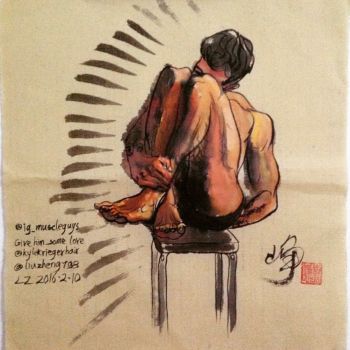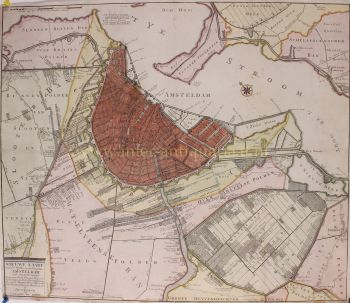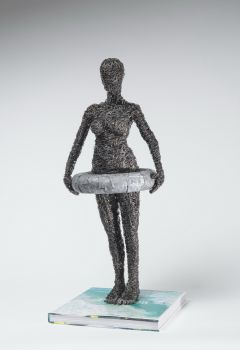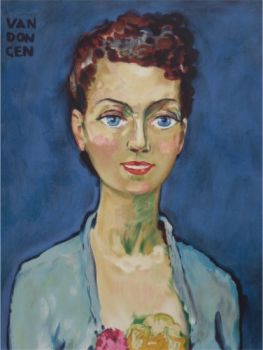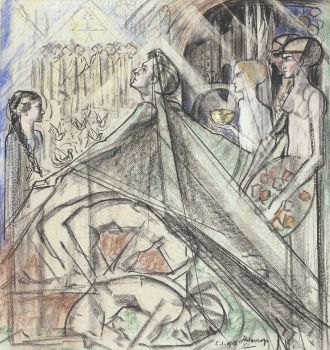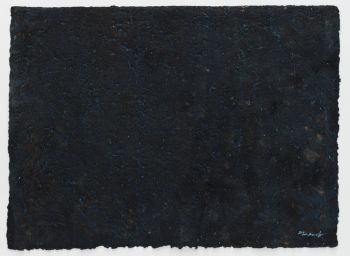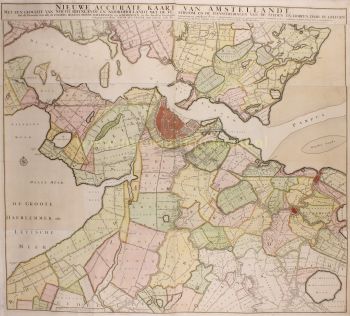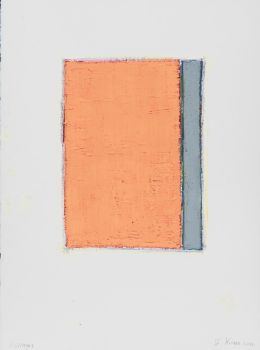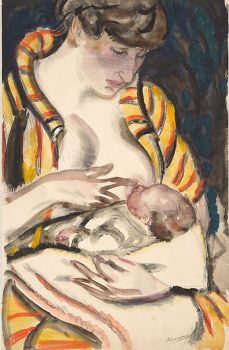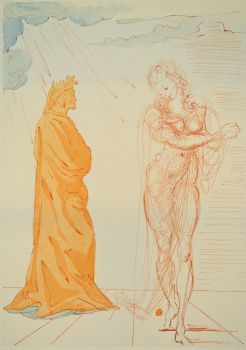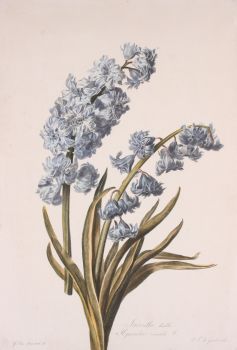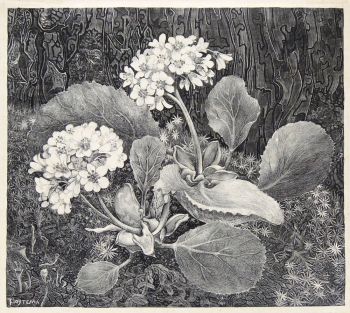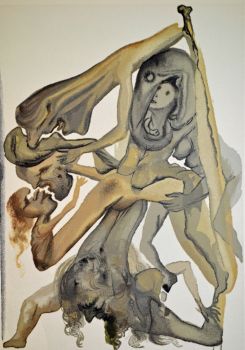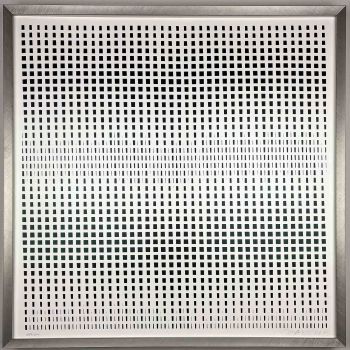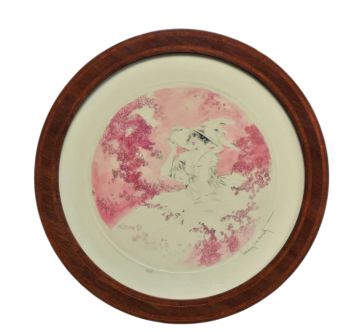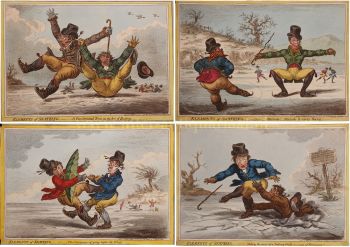Andy Warhol. Catalogue Raisonné. Paintings and Sculptures 1961-1963. Volume 1 2002
Andy Warhol
Papier
25 ⨯ 29 cm
Actuellement indisponible via Gallerease
Scriptum Art Books
- Sur l'oeuvre d'artWARHOL - Frei, George & Thomas Printz; March 2002, (29 x 25 cm), 512 pp. English text, 696 colour ills., 131 b/w. ills., hardcover in carton slipcase.
Andy Warhol (1928-1987) is one of the most iconic figures of twentieth-century art, a highly enigmatic personality who not only altered the definition of art but also left in his wake a vast and staggeringly complex record of his daily activities. The Andy Warhol Catalogue Raisonné, the definitive record of the artist's paintings, sculptures and drawings, cover some 15,000 works produced by Warhol between 1948 and 1987. Also included is an incredible array of rarely published source material, including newspaper scraps and movie star publicity stills that inspired Warhol's boundlessly fascinating life and career. Andy Warhol Catalogue Raisonné was initiated in 1977 by Thomas Ammann. The editors Georg Frei and Neil Printz began primary research in 1993 and have been advised throughout the project by the distinguished curators and art historians Kynaston McShine and Robert Rosenblum. Experts from the Andy Warhol Foundation personally examined the vast majority of Warhol's works and began a thorough review of his archive, which at his death consisted of some 1,500 cardboard boxes, flat files, and trunks filled with source material, memorabilia, correspondence and junk mail. The editors examined works in museum conservation facilities and discussed them with conservators, submitted works for review by the Andy Warhol Art Authentication Board, and interviewed Warhol's assistants and colleagues to assemble a customized database of works unparalleled in Warhol scholarship. All of their findings are documented in this unprecendented project. Each annotated catalogue entry includes the works title, date, medium, dimensions and present owner, followed by a record of inscriptions, provenance, exhibitions and literature. Related works are linked by general introductory texts that explore historical circumstances, shared themes and studio practices. Supplementary figures to the texts illustrate source materials that Warhol appropriated for his works: newspaper articles and advertisements, soup cans and publicity stills, as well as related drawings, works by other artists, and studio and exhibition views. Volume 1 includes classic and much-prized Warhols such as the Campbell Soup paintings, images of the iconic figures of Marilyn, Liz and Elvis, and early self-portraits. - Sur l'artiste
Andy Warhol est né Andrew Warhola le 6 août 1928 à Pittsburgh. Il obtient son B.F.A. au Carnegie Institute of Technology de Pittsburgh en 1949. La même année, il s'installe à New York, où il connaît rapidement le succès en tant qu'artiste commercial et illustrateur. Au cours des années 1950, les dessins de Warhol sont publiés dans Glamour et d'autres magazines et exposés dans les grands magasins. Il se fait connaître pour ses illustrations de chaussures I. Miller. En 1952, la Hugo Gallery de New York présente une exposition des illustrations de Warhol pour les écrits de Truman Capote. Il voyage en Europe et en Asie en 1956. Au début des années 1960, Warhol commence à peindre des personnages de bandes dessinées et des images tirées de publicités ; ce travail se caractérise par la répétition de sujets banals tels que des bouteilles de Coca-Cola et des boîtes de soupe. À cette époque, il peint également des célébrités. La nouvelle peinture de Warhol est exposée pour la première fois en 1962, d'abord à la Ferus Gallery de Los Angeles, puis dans une exposition personnelle à la Stable Gallery de New York. En 1963, il a remplacé la peinture à la main par un procédé de sérigraphie. Travaillant avec des assistants, il produit des séries de désastres, de fleurs, de vaches et de portraits, ainsi que des fac-similés tridimensionnels de boîtes Brillo et de cartons d'autres produits ménagers bien connus. À partir du milieu des années 1960, à The Factory, son studio new-yorkais, Warhol se concentre sur la réalisation de films marqués par la répétition et l'accent mis sur l'ennui. Au début des années 1970, il se remet à peindre, revenant à des coups de pinceau gestuels, et réalise des portraits monumentaux de Mao Tsé-toung, des portraits de commande et la série Hammer and Sickle. Il s'intéresse également à l'écriture : son autobiographie, The Philosophy of Andy Warhol (From A to B and Back Again), est publiée en 1975, et The Factory publie le magazine Interview. Une grande rétrospective de l'œuvre de Warhol organisée par le Pasadena Art Museum en 1970 a voyagé aux États-Unis et à l'étranger. Warhol est mort le 22 février 1987 à New York.
Êtes-vous intéressé par l'achat de cette oeuvre?
Artwork details
Related artworks
- 1 - 1 / 1
Yoko Ono
YOKO ONO: "ARISING" SIGNED BOOK PLUS SMALL ARTWORK 2010 - 2014
Prix sur demandeGallerease Selected
Hermann Nitsch
"UNDER MY SKIN" Signed book incl. small artwork and DVD in a matching box2010 - 2014
Prix sur demandeGallerease Selected
LAWRENCE WEINER
"SKIMMING THE WATER [MENAGE A QUATRE]" Signed book plus small artwork2010 - 2014
Prix sur demandeGallerease Selected
Antonie Derkinderen
Memory book Exhibition of Dutch Painting1892
Prix sur demandeKunsthandel Pygmalion
1 - 4 / 22- 1 - 4 / 7
- 1 - 4 / 24

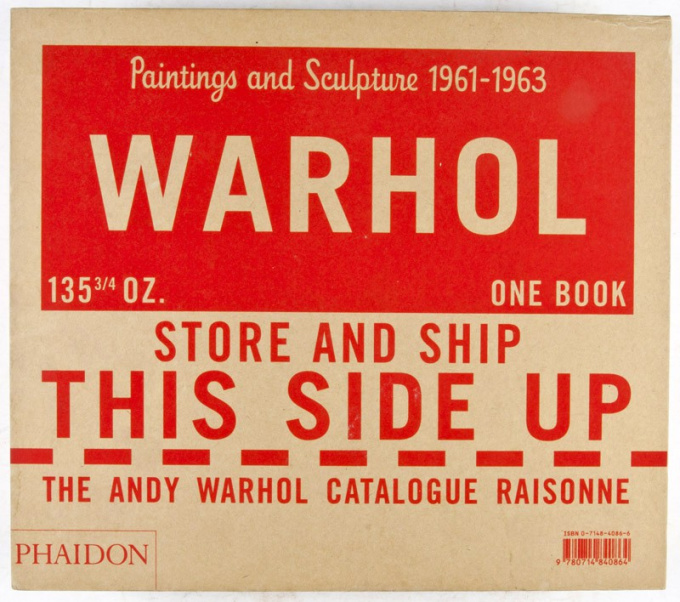
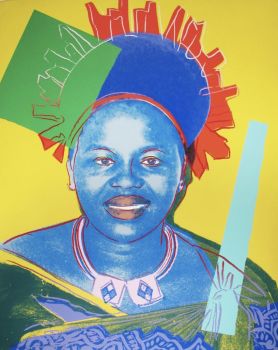













!["SKIMMING THE WATER [MENAGE A QUATRE]" Signed book plus small artwork by LAWRENCE WEINER](https://media-2.gallerease.com/images/442bfd5f-fc31-4e18-a2fa-ee0c08eade64/350x350/skimming-the-water-menage-a-quatre-signed-book-plus-small-artwork.jpg)




